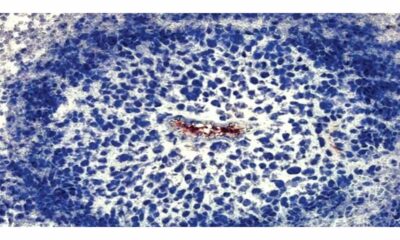On Friday, March 15, 2024, at 3:45 p.m. Central Standard Time (UTC-6), the “AADOCR Hatton: Post-doctoral” Poster Session included the abstract “mRNA Lipid Nanoparticles for Next-Generation Oral Cancer Tumor Suppressor Therapy.”
A library of LNPs containing luciferase mRNA was created for the study by Marshall Scott Padilla of the University of Pennsylvania in Philadelphia, USA, and tested in CAL-27 cells, a model OSCC line. In order to investigate the C57BL/6 mice’s susceptibility to off-target liver transfection, the LNPs were also administered intravenously. The LNPs that demonstrated low liver transfection and high luminosity in CAL-27 cells advanced to the following screening phase. Next, using a CAL-27 xenograft model, intratumoral injection of the best LNPs was assessed for transfection. E10i-494 was selected as the primary contender because it exhibited the maximum tumor luminescence. Next, this LNP was assessed in a murine model of orthotopic CAL-27. Finally, CAL-27 cells were used to assess the tumor-suppress-mediated toxicity of reformulated lead LNP including p53 mRNA.
Following two screening cycles, the LNP E10i-494 showed significant mRNA transfection in two murine tumor models as well as in vitro. Furthermore, the LNP showed a positive safety profile with modest levels of liver transfection. The LNP effectively penetrated and transfected lymph nodes in the orthotopic model, which is necessary to stop tumor metastasis. E10i-494, which had been reformulated with p53 mRNA, likewise showed strong cell killing capabilities.
The first LNP for the oral cavity has been refined, and the study’s findings indicate that it has the potential to be used in p53-based OSCC therapy.

 Diabetology2 weeks ago
Diabetology2 weeks ago
 Diabetology7 days ago
Diabetology7 days ago
 Diabetology7 days ago
Diabetology7 days ago
 Diabetology4 days ago
Diabetology4 days ago
 Diabetology15 hours ago
Diabetology15 hours ago















